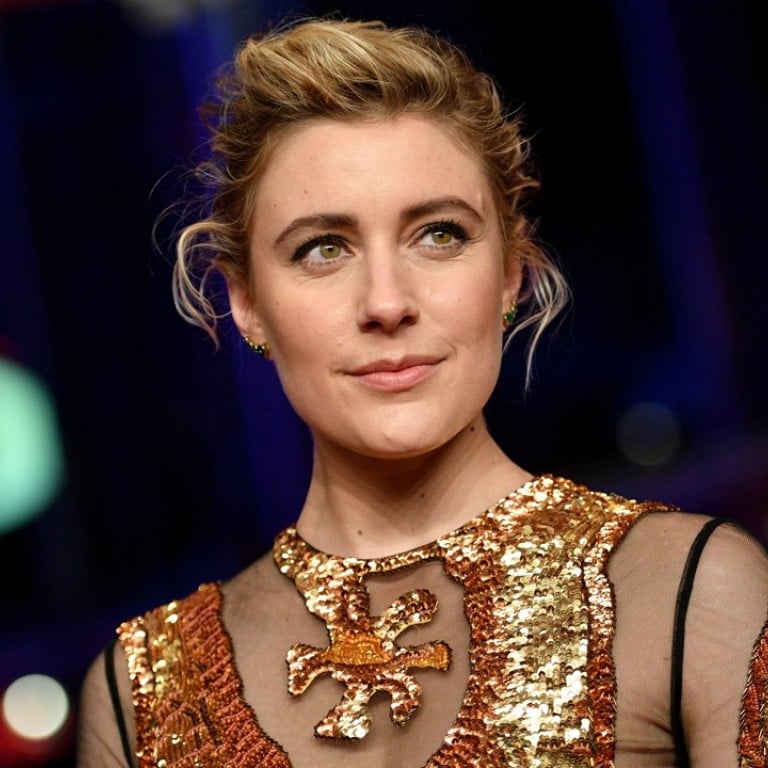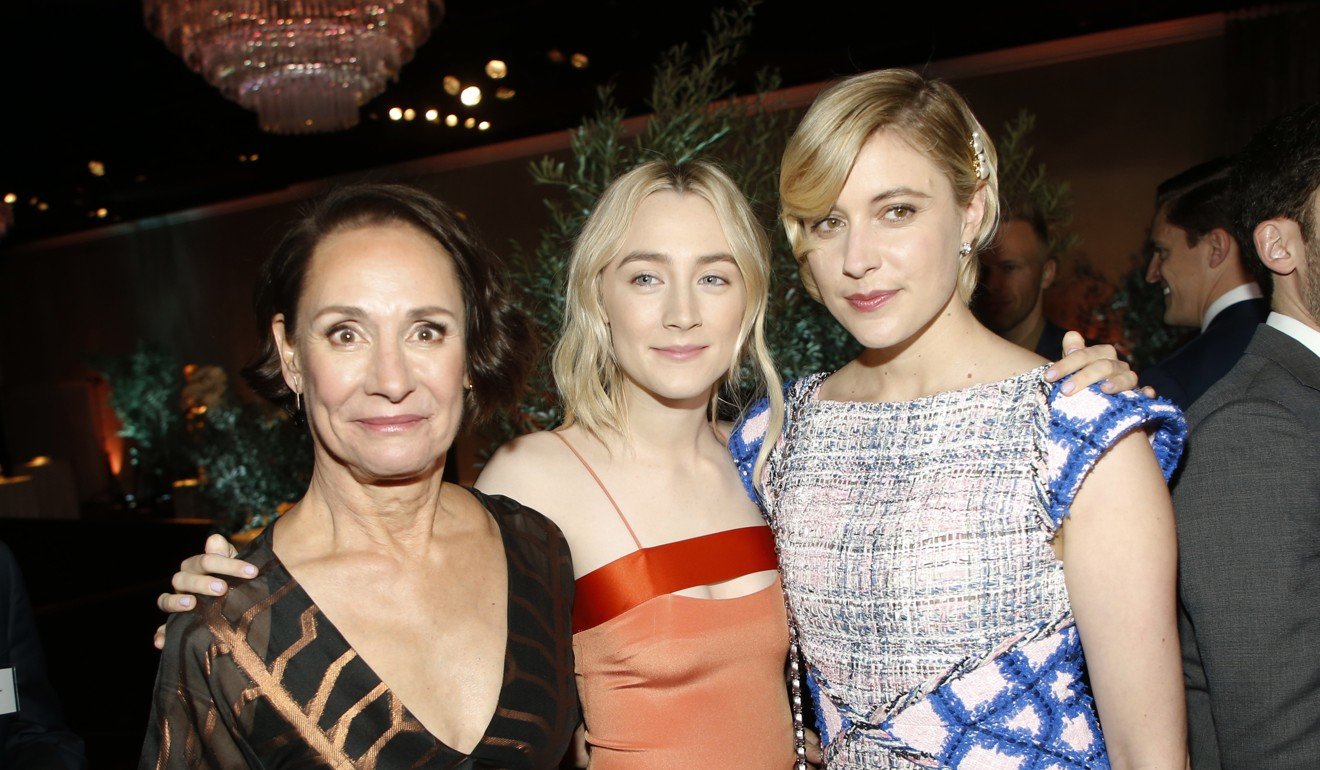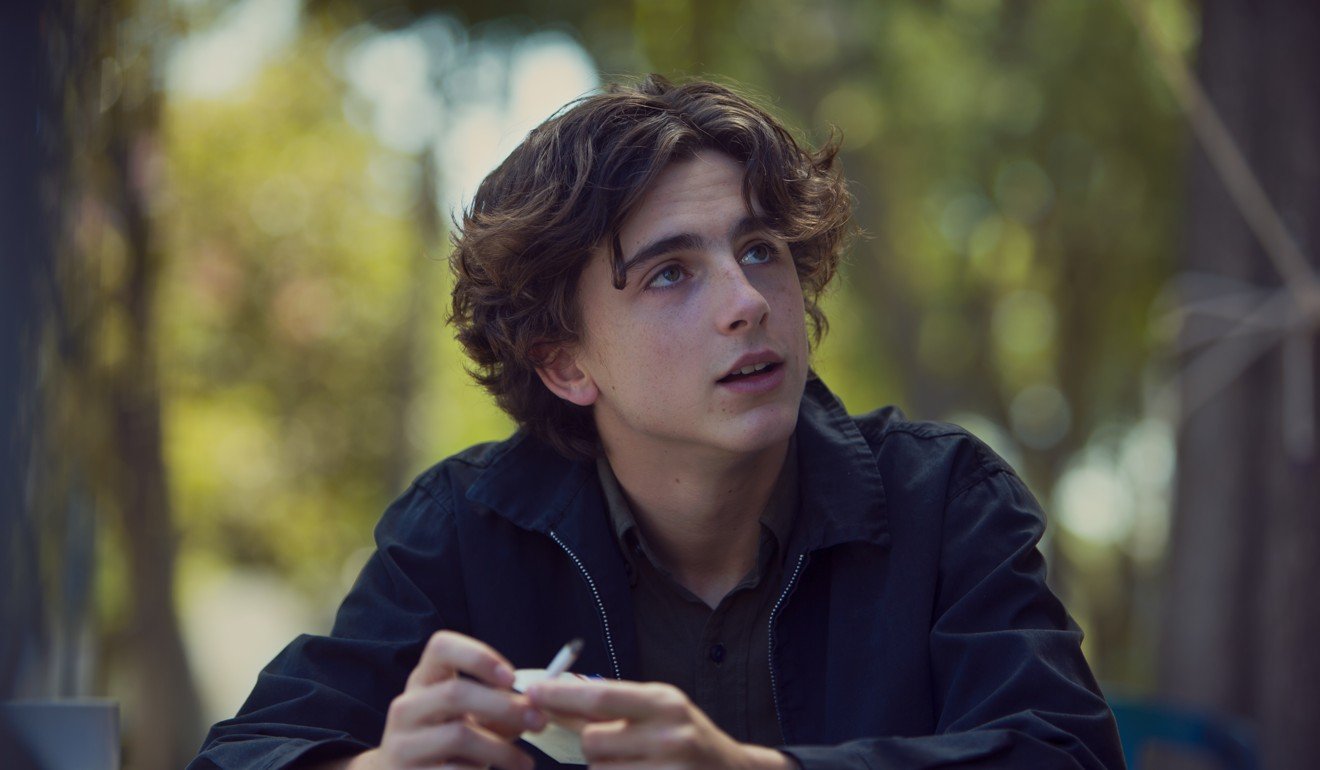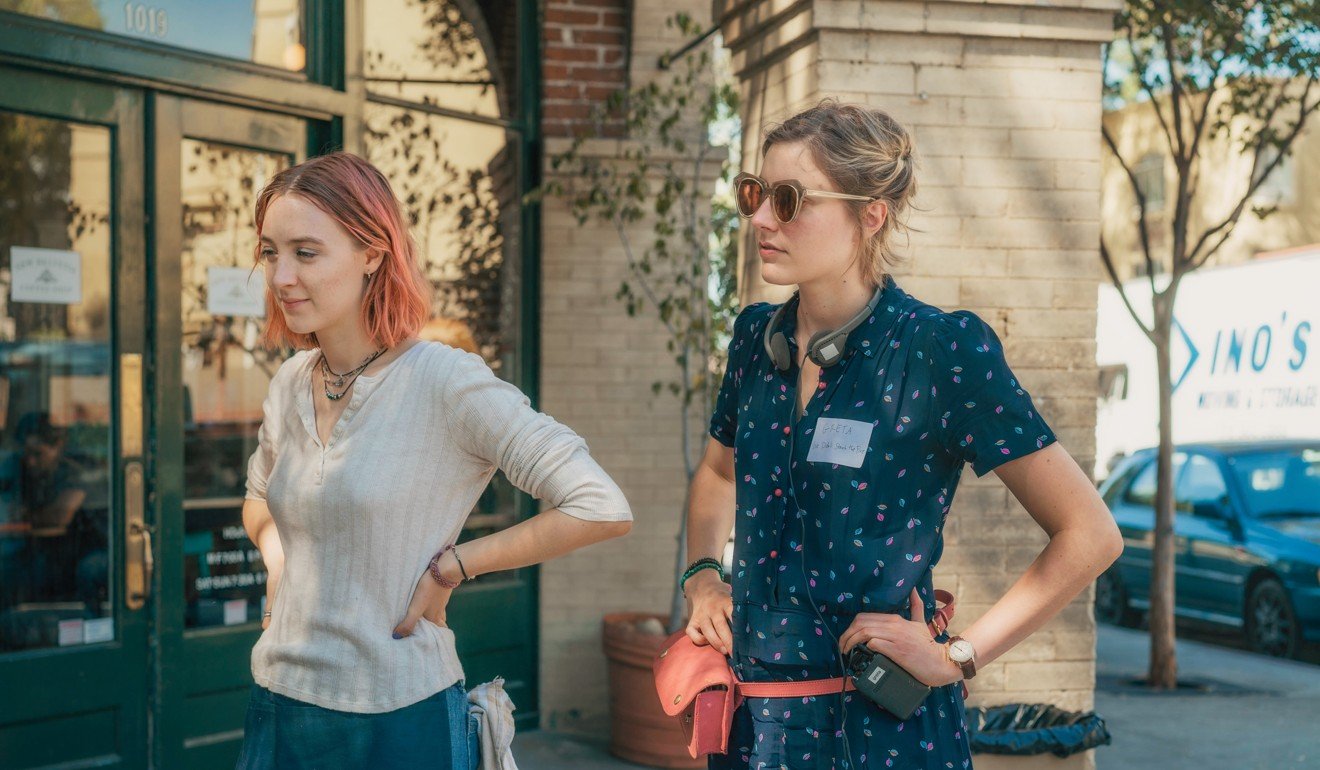
Lady Bird writer-director Greta Gerwig on putting her life into the Oscar-nominated film, and her own cinema education
In some ways the titular lead character of Gerwig’s directorial debut is ‘the opposite of how I was’, says California-born actress, who describes how she learned about filmmaking from each of the film sets she’s been on
“I didn’t dye my hair and I never made anyone call me by a different name,” says Greta Gerwig. Neither did she ever deliberately fall out of a moving car mid-argument while her mother was driving. These are just some of the things that happen to the lead character in Gerwig’s much-acclaimed Lady Bird, an Oscar contender about yearning to leave home.
It’s probably not the first time Gerwig’s been asked how closely what happens to Lady Bird’s leading lady, Christine McPherson, played by Irish star Saoirse Ronan ( Brooklyn ) mirrors her own life. After all, the salmon-haired teenage protagonist, who renames herself ‘Lady Bird’ on a whim and refuses to be known by her given name, comes from Sacramento, California and attends a Catholic school, just as Gerwig did.
Maybe the only other time Sacramento has made it to screen was in 2012’s Frances Ha – co-written by and starring Gerwig – when the title character leaves her New York couch-hopping existence for the sanctuary of her parents’ west coast abode.
“I never think too much about saying, ‘This belongs to autobiography and this belongs to fiction’,” says Gerwig, 34. “I always tend to start from a place that feels emotionally true, and then I allow it to spin out into fiction.”

According to Gerwig, this “fiction” is a long way from the truth of her adolescence.
Whether or not people take it as autobiography, I have very little ability to control
“In some ways, Lady Bird was the opposite of how I was as a person,” she says. “I was a rule follower and a people pleaser and she’s much more of a rebel and wild in a certain way. It was almost allowing myself to explore something that I was not able to be as a teenager. Like creating a heroine – a flawed heroine but a heroine.”
What is compelling about Gerwig’s film is the emotional honesty, with Lady Bird’s hormones in turmoil as she ploughs through her final years of school. “I think she’s in the psychological state of being 17,” says Gerwig. “She’s a little rebel without a cause. She’s fighting whatever you got.”
With her attention drawn to more than one guy – two, in fact, played by Lucas Hedges and Timothée Chalamet – it’s as far removed from the Hollywood ideal of one girl, one guy.

“I very much wanted to avoid that,” says the writer-director.
You can practically hear Lady Bird straining against her upbringing, right from the opening quote from American writer Joan Didion: “Anybody who talks about California hedonism has never spent a Christmas in Sacramento.”
Didion is also from the city and Gerwig calls discovering her writing “as shattering as if I’d grown up in Dublin and suddenly read James Joyce”. In preparation for the movie, which she wrote on her own, she sent Ronan some Didion books.
Steven Spielberg and Tom Hanks on The Post, fastest film director has ever made, and sci-fi movie Ready Player One
She also made Ronan watch the John Hughes-directed teen angst movies Pretty in Pink and Sixteen Candles, and gave thought to European art-house works like Federico Fellini’s Amacord and Francois Truffaut’s The 400 Blows, films about “the way memory and childhood is reconstructed”.
Beyond that, “I didn’t want to overwhelm myself with references because ultimately you have to make the film you’re making.”
Yet talk to Gerwig and it’s clear she’s steeped in cinema. Even the film’s driving scenes, with Ronan and Laurie Metcalfe, who plays Lady Bird’s combative mother, Marion, come with a list of footnotes. Films like Peter Bogdanovich’s Paper Moon, “which has this incredible one-take sequence of this fight in a car between Tatum O’Neal and Ryan O’Neal”, and Agnes Varda’s Cleo from 5 to 7 were both influential.

Living in Sacramento, the daughter of a nurse and a financial consultant, Gerwig was an “intense child”, she says. In her teens, she wanted to be a dancer. Then, studying English and philosophy at Barnard College in New York, she planned to be a playwright.
But a chance casting in Joe Swannberg’s 2006 indie LOL led to further roles, including the Duplass brothers’ Baghead and Nights and Weekends, which she co-directed with Swannberg.
It wasn’t until Noah Baumbach cast her in 2010’s Greenberg opposite Ben Stiller that her career accelerated. Even then, she remembers being in Los Angeles the weekend that film opened without a place to stay.
“I had a moment of driving past a marquee for Greenberg and I saw my face [on the poster] and I thought, ‘I don’t know where I’m going to stay tonight!’” Fortunately, her parents’ friends were visiting their daughter and her newborn baby. “So they let me sleep on their pull-out couch in their hotel room.”
Oscar favourite Gary Oldman on playing Churchill in Darkest Hour – and nicotine poisoning from smoking all those fine cigars
She’s since worked with Baumbach, now her real-life partner, on Frances Ha and Mistress America, films every bit as generation-defining as Lena Dunham’s HBO TV show Girls.
“I really put together my version of a film school by being on different sets, working with Noah, producing with Noah, also writing with him,” she says. “I would use different film sets as my own little classrooms in a way.” She even poached Baumbach’s cinematographer Sam Levy for Lady Bird.
Gerwig’s self-generated “film school” has seen her work with some heavyweight filmmakers – Whit Stillman (Damsels in Distress) and Todd Solondz ( Wiener-Dog ) among them. Last year, she pitched up in Mike Mills’ excellent 20th Century Women and Pablo Larrain’s Kennedy-era biopic Jackie .
Bar the odd commercial misstep (including the remake of Arthur with Russell Brand), it’s an impressive body of work that has clearly fed into the making of Lady Bird.

And Gerwig’s film has arguably surpassed all the achievements of her former collaborators. Nominated for five Academy Awards, including best director and best screenplay for Gerwig, Lady Bird has already won Golden Globes for best actress and best motion picture, both in the comedy/musical category. It will compete again for best picture at the Oscars alongside the likes of Dunkirk and The Post – highly impressive for a film made on a modest US$10 million budget that’s currently grossing US$45 million in the US alone.
Dunkirk director Christopher Nolan on casting Harry Styles, selling a British story in the US, and the challenges of filming it
Gerwig is all too aware that people will associate her with the spirited lead. “Whether or not people take it as autobiography, I have very little ability to control. Of course my family – my brother and sister, and their families, and my mom and dad – they know what’s true and they also know how much of it is not. I showed them the movie far before anyone else saw it.”
While she can next be seen – or rather heard – in Wes Anderson’s forthcoming stop-motion animated comedy Isle of Dogs, it will be interesting to see whether Gerwig focuses most of her attention on directing in the future.

“I have a couple of things in the drawer,” she admits. “I have stuff I’m working on. It’s impossible not to want to do it right away again. I loved doing it so much … I thought, ‘I absolutely have to keep going.’”
Lady Bird opens on February 22
Want more articles like this? Follow SCMP Film on Facebook

 (1).JPG?itok=0BHk6odg&v=1665981271)